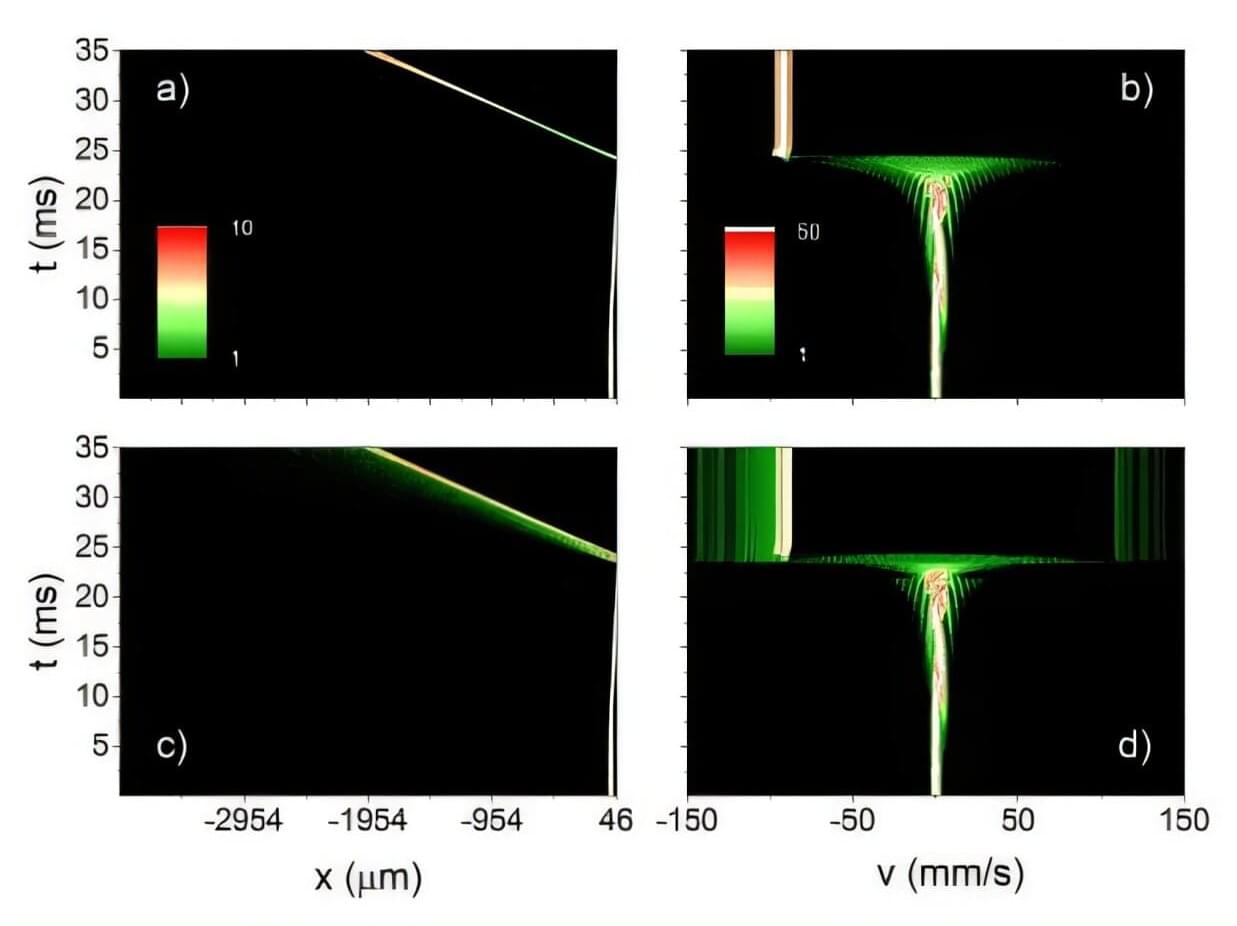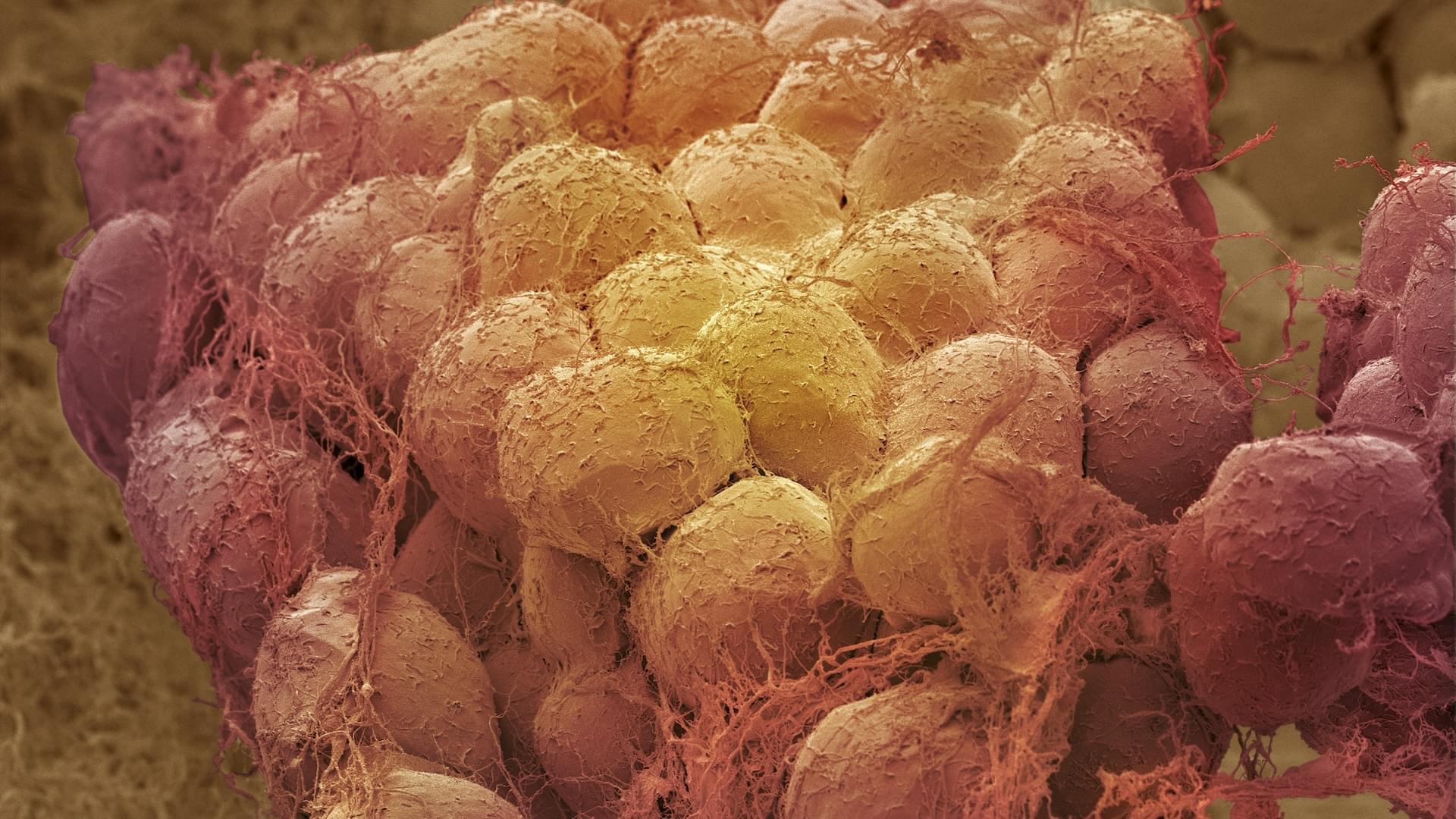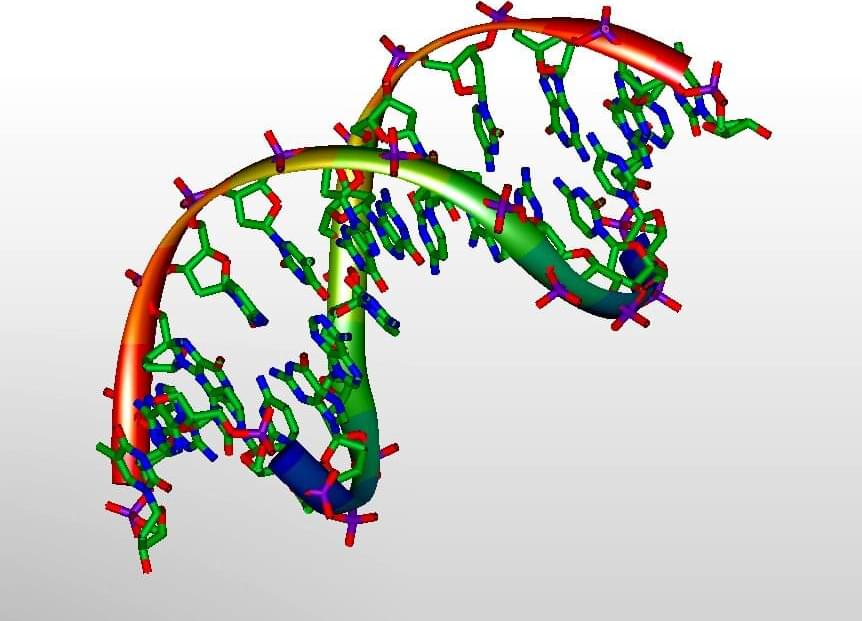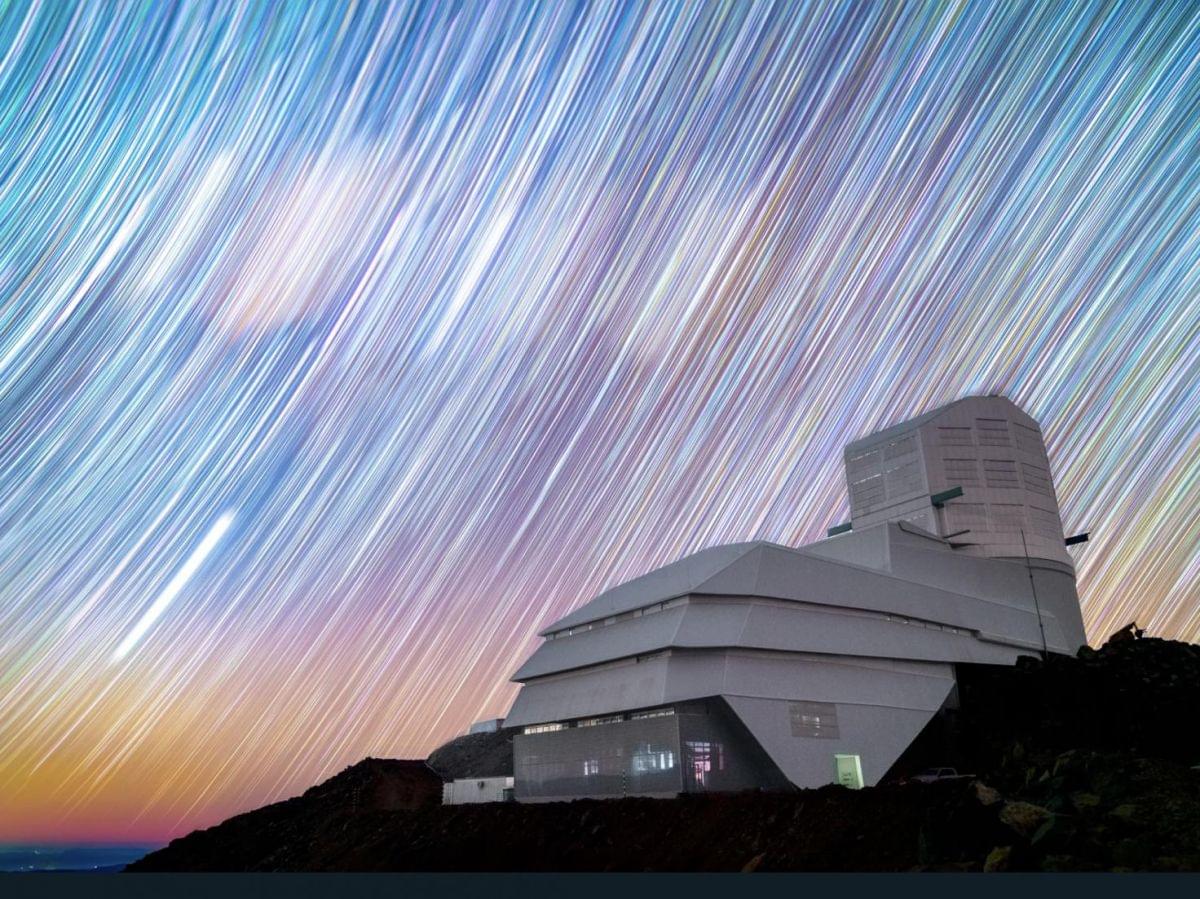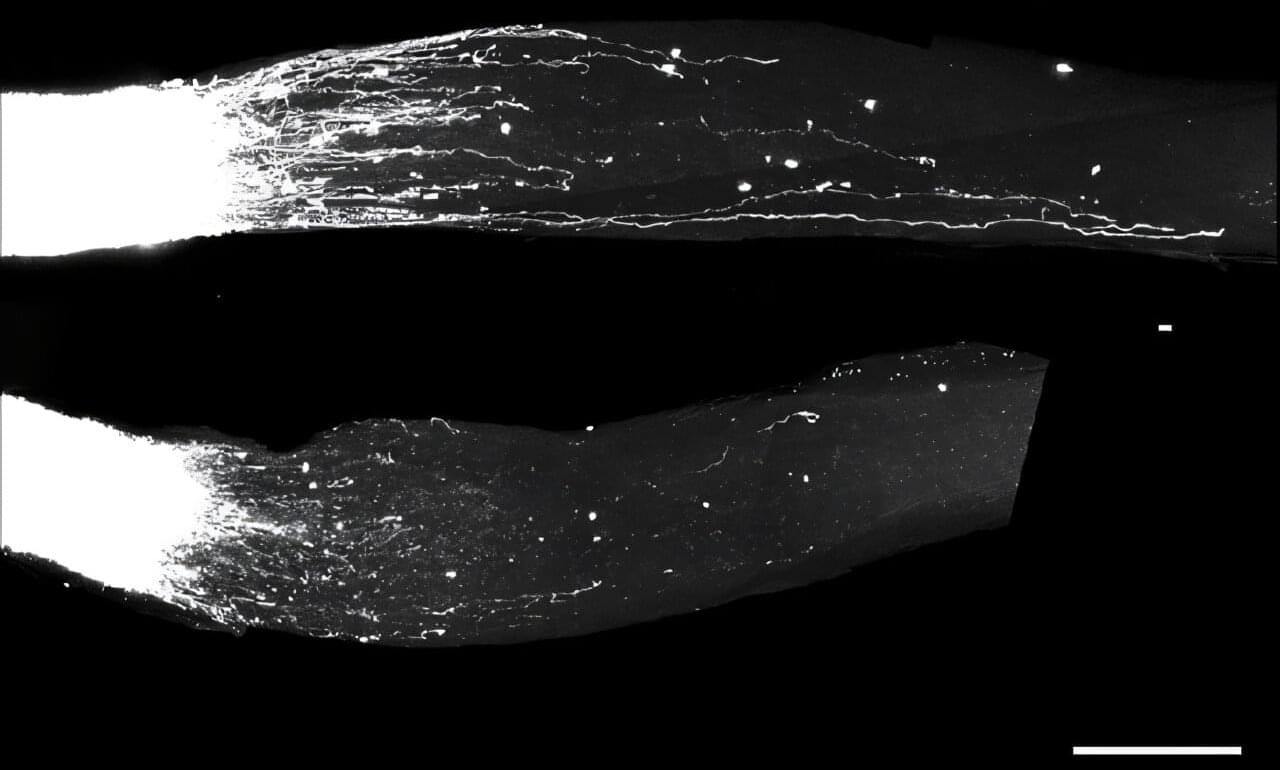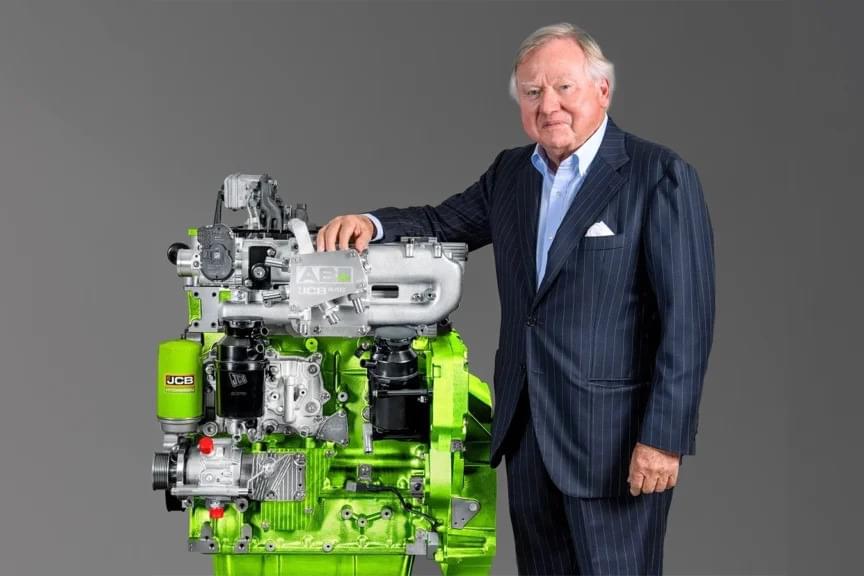Scientists have used ultracold atoms to successfully demonstrate a novel method of particle acceleration that could unlock a new understanding of how cosmic rays behave, a new study reveals.
More than 70 years after its formulation, researchers have observed the Fermi acceleration mechanism in a laboratory by colliding ultracold atoms against engineered movable potential barriers—delivering a significant milestone in high-energy astrophysics and beyond.
Fermi acceleration is the mechanism responsible for the generation of cosmic rays, as postulated by physicist Enrico Fermi in 1949. The process itself also features some universal properties that have spawned a wide range of mathematical models, such as the Fermi-Ulam model. Until now, however, it has been difficult to create a reliable Fermi accelerator on Earth.
